Abstract: Satellite antenna technology for LEO and GEO is undergoing a transformation in 2024, fuelled by rising data demands, advances in phased array and beamforming, and real-world deployments in space and on the ground. In this post, we examine how these innovations are addressing connectivity challenges, unlocking new operational frontiers, and how Novocomms Space is propelling these advances from lab to orbit.
Introduction: Redefining the Possibilities of Satellite Connectivity
Delivering high-throughput, always-on connectivity from space isn’t a future scenario — it’s the new operational norm for satellite operators, aerospace engineers, and ground station integrators. In 2024, the pace of innovation in satellite antenna technology for LEO and GEO systems is accelerating, bridging longstanding reliability gaps and enabling new commercial models. But which breakthroughs are separating vaporware from viable solutions?
Market Drivers: Low Earth and Geostationary Orbits Need New Antenna Approaches
LEO constellations such as Starlink and OneWeb are expanding rapidly, driving exponential volume and performance requirements for antenna systems. Meanwhile, GEO satellites retain their importance for broad coverage and critical infrastructure. The challenge? Each orbit demands a different technical approach. LEO satellites, given their high velocity and shifting ground tracks, require dynamically steerable, low-latency arrays. GEO, with its stationary footprint, prioritizes high-gain, low-power, and interference-resistant technology.
According to recent industry insights, the commercial segment for satellite phased array antennas grew to nearly $1 billion in 2024. These antennas — prized for their compactness, rapid steering, and multi-satellite tracking — are now integral to extending reliable, mobile broadband to remote edges, maritime sectors, and aviation hubs.
Key Advances in Satellite Antenna Technology for LEO and GEO
1. Phased Array Antennas: From Promise to Ubiquity
Driven by investments in 5G, IoT, and SATCOM modernization, phased array antennas have moved beyond military labs into commercial deployments. The global market is on track to reach $8.1 billion by 2034 (up from $1.9B in 2024), propelled by their ability to electronically steer beams — vital for tracking fast-moving LEO targets without mechanical components prone to wear or vibration failure.
For LEO applications, phased arrays enable true multi-beam operation, supporting handoffs between satellites for always-connected, low-latency data. In GEO, they’re deployed to optimize frequency reuse and mitigate the risk of interference — essential for maximizing spectrum efficiency in crowded orbital slots.
2. Advanced Beamforming and Digital Signal Processing
Recent breakthroughs at major industry events, such as MWC 2024, showcased antennas featuring next-generation beamforming, improving gain and tracking fidelity. Enhanced digital control allows antennas to dynamically adapt to atmospheric conditions, jamming, and obscuration — a leap forward for ground systems now handling fluctuating constellation topologies and mission-critical uplinks.
These digital beamformers are also unlocking hybrid network architectures, where LEO and GEO links can be intelligently blended to optimize throughput, cost, and reliability for each end user or enterprise node.
3. Miniaturized, High-Efficiency Bands for Mobility Platforms
Emerging designs in the Ku-band and Ka-band are enabling smaller, lighter terminals for in-flight connectivity, maritime, and land vehicles. Innovation here hinges on maximizing efficiency from form factors designed for harsh operational environments — a direct response to aerospace and defense queries for rugged, yet cost-effective, solutions. These improvements are especially important as operators move toward distributed “multi-orbit” ground stations requiring rapid deployment and quick configuration.
4. Integrated Testing and Pathways to Scalable Production
Even the most elegant antenna design fails if it can’t survive the jump from prototype to production. The industry emphasis in 2024 is on integrated RF design, simulation, and real-world over-the-air validation. Automated RF testing chambers and scalable design-for-manufacture are now differentiators — and a core part of Novocomms’ value proposition to operators and integrators who need rapid, low-risk productization.
Novocomms Space: Bridging the Gap Between R&D and Real-World Impact
At Novocomms Space, we specialise in L-band, Ku-band, and Ka-band antenna systems engineered and proven for both LEO and GEO platforms. Our phased array and beamforming solutions are fielded in demanding mobility and fixed applications — from satellite broadband terminals and mobile ground stations to secure enterprise gateways for critical data links.
Beyond design, Novocomms Space leverages the full Novocomms Group ecosystem: SmartAntenna Technologies for miniaturized, multi-function antennas, Novocomms Solutions for embedded development and RF validation, and Novocomms Space & Defence for mission-critical, rugged deployments. This end-to-end capability means we deliver products that aren’t just technically advanced, but manufacturable, reliable, and market-ready.
Real-World Outcomes: How Operators and Engineers are Benefiting
Today’s satellite operators face shrinking deployment windows, spectrum auction costs, and mounting user expectations for terrestrial-grade service. Engineers are tasked with designing terminals that must flex to shifting orbital paradigms, all while securing TOEIC-level resilience and scalability. Antenna innovations discussed above — especially phased arrays with advanced digital control — are answering this call with:
- Seamless handover and tracking for large, dynamic LEO constellations
- Improved link margin and spectral efficiency for throughput-intensive GEO links
- Reduced SWaP (size, weight, and power) for mobile and tactical nodes
- Lower system-level costs due to streamlined integration and test cycles
More critically, these capabilities are being realized in proven deployments and industrial-scale manufacturing — not just in the lab.
Looking Forward: Engineering the Next Generation of Space Connectivity
The satellite antenna technology for LEO and GEO is no longer limited by theoretical breakthroughs. In 2024, engineers and product teams have access to proven digital, modular, and miniaturized antennas that solve real-world deployment issues. The frontier is in refining multi-orbit orchestration, streamlining field integration, and scaling to millions of deployed units — tasks Novocomms Space is uniquely positioned to support through rigorously validated platforms and collaborative design partnerships.
Conclusion — Connect with Novocomms
Delivering on the promise of new antenna technologies requires more than simulation: it takes hardware, expertise, and a relentless focus on real-world outcomes. Novocomms Space stands ready to propel your next satellite project with high-efficiency, application-ready antennas and terminals, from LEO to GEO and anywhere in between.
Ready to build the next generation of satellite connectivity? Contact Novocomms Space today to discuss how we can fast-track your project from prototyping to global deployment.
